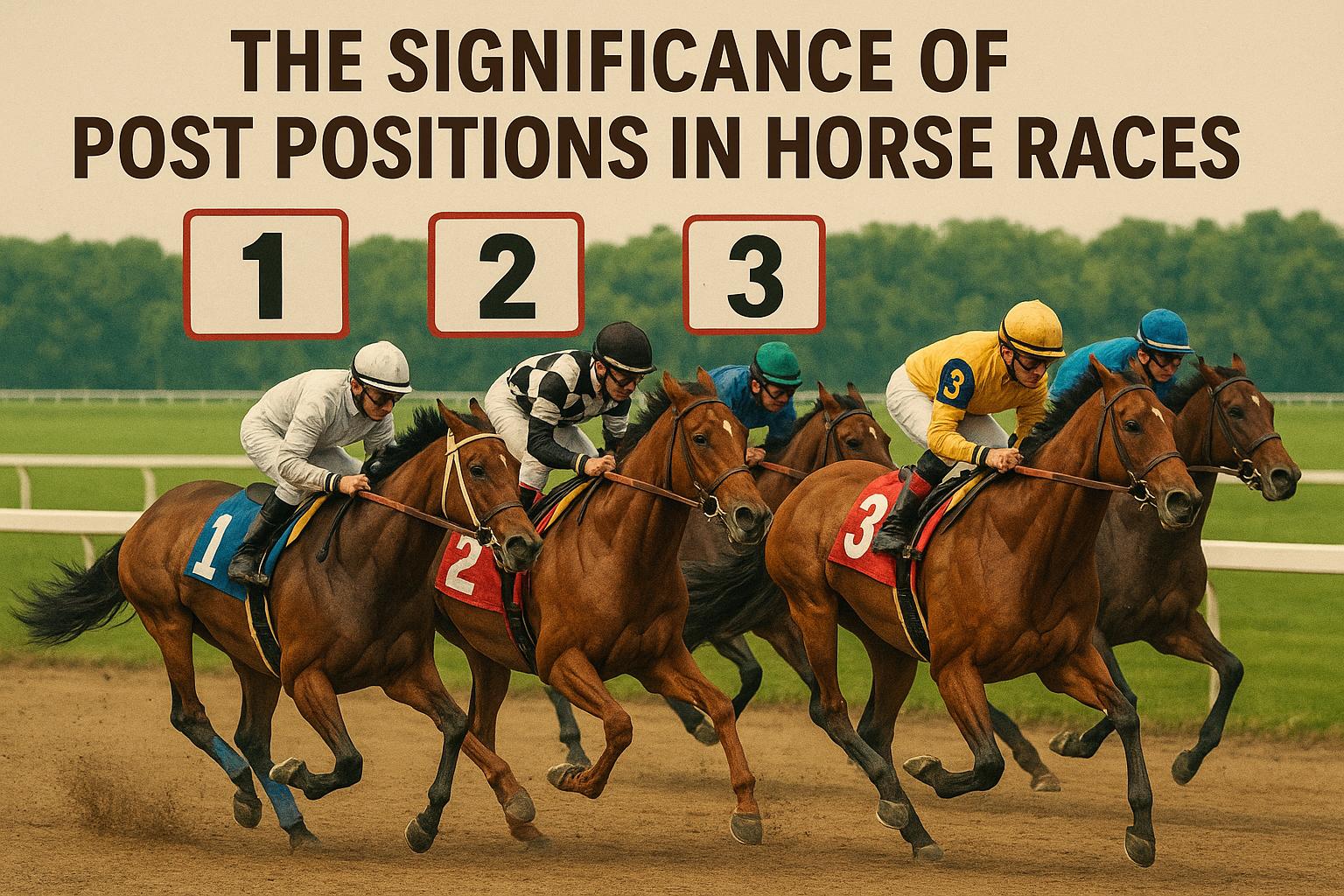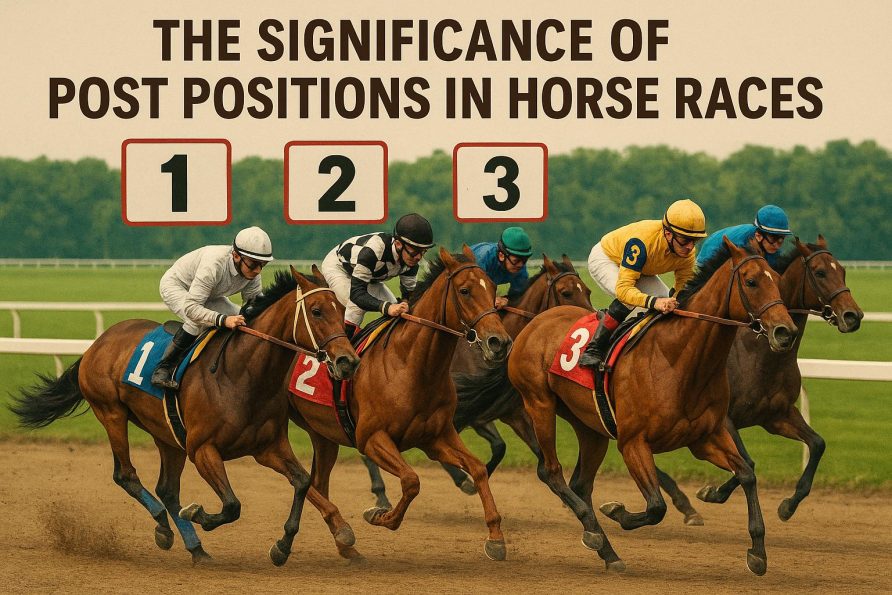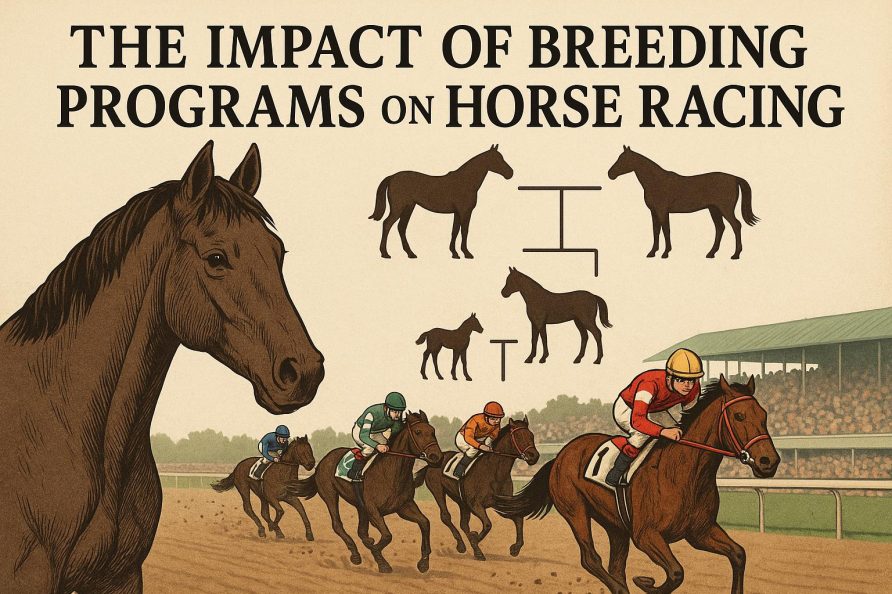Understanding Post Positions in Horse Racing
Horse racing captivates audiences around the world with its combination of speed, skill, and strategy. One of the key components that can determine the outcome of a race is the post position. This term refers to the starting gate position assigned to each horse, and it holds a varied level of importance depending on several factors such as racecourse layout, race length, and specific race conditions. Here, we will explore in detail the influence of post positions in horse racing, their impact on race strategy, and their importance from a bettor’s perspective.
The Role of Post Positions
The post position of a horse refers to the specific starting stall or gate from which it begins the race. Each position has its unique advantages and disadvantages, influenced largely by the track’s design, the distance of the race, and the surface of the track. Recognizing these subtleties is essential for trainers, jockeys, and bettors who aspire to enhance their understanding and potentially gain a competitive advantage.
Track Influence
Race track configurations significantly affect the importance of post positions. Some tracks have more pronounced turns while others are relatively straight, and both can advocate for different post positions. A horse starting from an inner position might have the advantage on tracks with sharp turns because it can travel a shorter internal distance, potentially gaining an early lead. Alternatively, tracks with wider curves might offer better opportunities for horses starting from outer positions, as they can avoid early crowding and position themselves more advantageously for a clean run.
Distance Considerations
The length of a race is another critical factor that influences how much the post position matters. In short sprint races, getting a good start can be vital, making an advantageous post position quite significant. This can allow the horse to break away from the rest of the field sooner. However, in longer races, while the start is still important, there is usually enough time to recover from a less favorable position and for jockeys to adjust their strategies based on their horse’s strengths and the dynamics of the race.
Impact on Race Strategy
Post positions directly shape race strategies. A jockey formulates plans around their given starting gate, evaluating how best to optimize their horse’s performance. They need to consider how aggressively they should start the race or at which points they should make key moves to maximize their chances of success. For instance, a jockey in an inner position may decide to push early to take advantage of the shorter distance. Meanwhile, a jockey with an outer position may choose to hang back initially and gradually build momentum.
Bettor’s Perspective
For those who wager on horse races, comprehending the implications of post positions can refine betting strategies. While post position is not the only variable to assess, it is a crucial element. By analyzing how different positions have historically performed under specific conditions, bettors can make more informed decisions. This understanding can potentially increase their odds of placing successful bets.
Historical Data and Patterns
Studying historical race outcomes can uncover patterns linked to post positions. Certain positions may routinely produce a higher number of winners on specific tracks, or perhaps under particular weather conditions. Although these trends are not absolute predictors of future outcomes, they offer valuable insights. For instance, a specific track might favor horses starting from middle positions due to its particular layout or surface type. Therefore, such information can be a beneficial part of a broader strategy when assessing race prospects.
Resources for Further Study
For those eager to delve deeper into the nuanced role of post positions, numerous resources exist that cater to these interests. Online platforms provide a treasure trove of data and analyses, enabling enthusiasts to explore post position trends and their impacts. Websites like BloodHorse offer in-depth resources, including historical race data, expert commentary, and statistical models. These tools support a more comprehensive understanding of how post positions, among other factors, influence racing outcomes.
In sum, post positions form just one component of the expansive and nuanced puzzle that constitutes horse racing. However, their impact is considerable and should not be overlooked. A detailed comprehension of how post positions affect race dynamics not only benefits trainers and jockeys who are directly involved in the sport but also bettors who seek to increase their chances of success. Understanding these aspects enriches the appreciation of horse racing and highlights the strategic elements that make this sport both thrilling and challenging.





